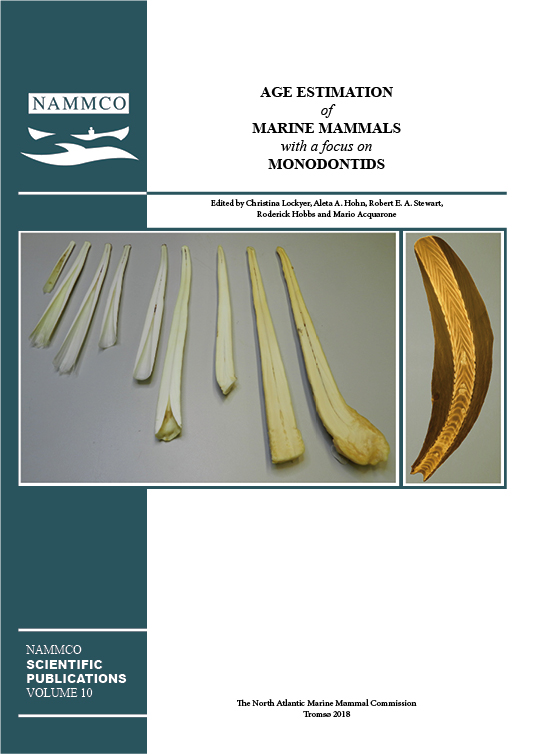Utility of telomere length measurements for age determination of humpback whales
DOI:
https://doi.org/10.7557/3.3194Keywords:
ageing, telomere, humpback whales, North Atlantic, Megaptera novaeangliaeAbstract
This study examines the applicability of telomere length measurements by quantitative PCR as a tool for minimally invasive age determination of free-ranging cetaceans. We analysed telomere length in skin samples from 28 North Atlantic humpback whales (Megaptera novaeangliae), ranging from 0 to 26 years of age. The results suggested a significant correlation between telomere length and age in humpback whales. However, telomere length was highly variable among individuals of similar age, suggesting that telomere length measured by quantitative PCR is an imprecise determinant of age in humpback whales. The observed variation in individual telomere length was found to be a function of both experimental and biological variability, with the latter perhaps reflecting patterns of inheritance, resource allocation trade-offs, and stochasticity of the marine environment.





